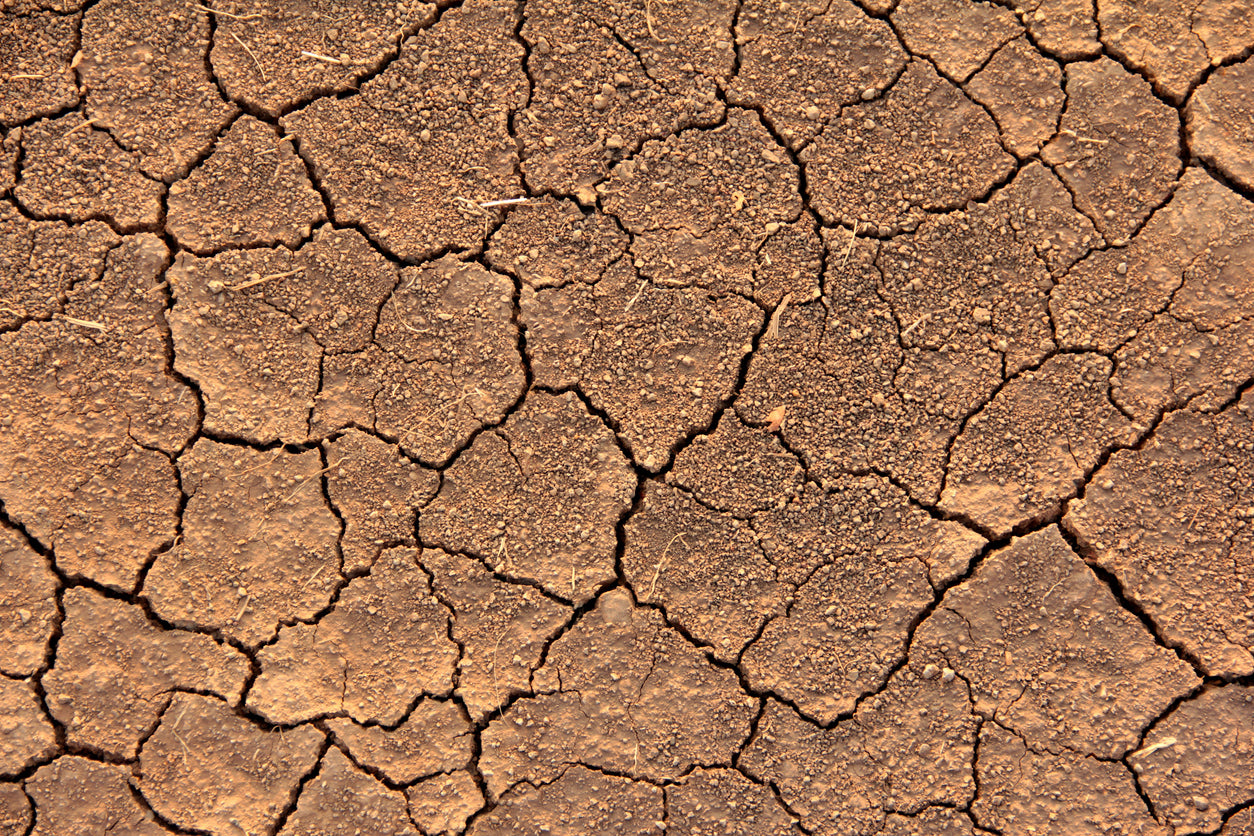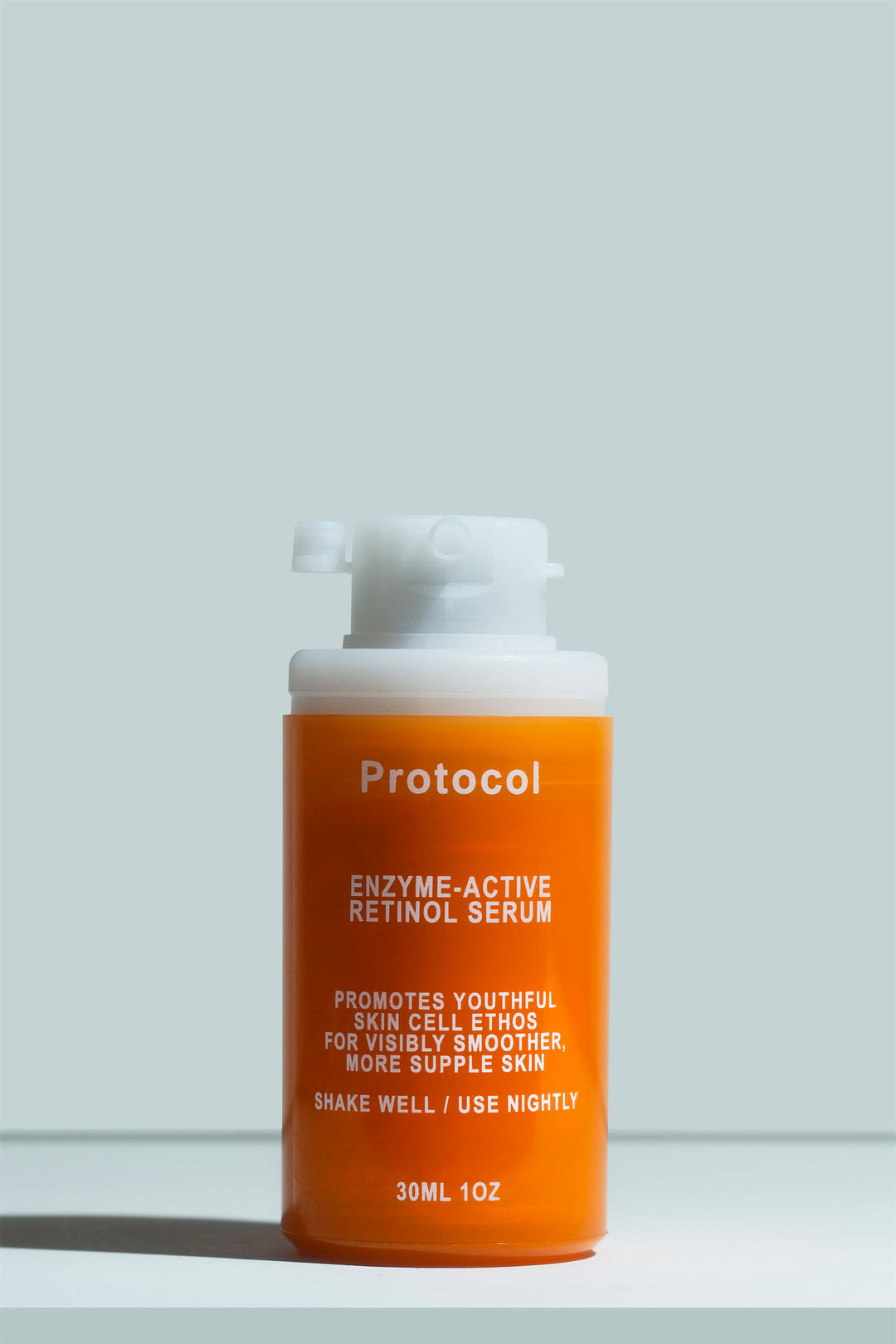What is TEWL (& Why Water Is a Magical Skincare Ingredient)


The Secret Ingredient Skincare Companies Don’t Want You To Know About (Hint: It’s Just Water)
Transepidermal water loss (TEWL) is a mouthful, but it’s a simple concept: Water escapes your skin through evaporation. When your skin loses too much water, bad things happen.
As the American Academy of Dermatology reminds us, “moisturizer is the secret ingredient in many anti-aging products.” Sure, you need sunscreen and well-formulated retinoids for anti-aging protection and renewal, but the simple act of hydrating your skin is just as fundamental.
That’s why, when choosing a moisturizer to buy (or formulating one as a skincare company), there’s one major question to ask:
How do we get water in the skin and then keep it there?
The job of a moisturizer (and of many serums, balms, and masks) is to prevent TEWL, although skincare companies don’t necessarily say it explicitly. In this post, we’ll explain exactly why transepidermal water loss matters so much, and what you can do to rehydrate your skin and keep it hydrated both long and short-term.
This post at a glance:
- What’s transepidermal water loss?
- TEWL causes
- What it looks like
- Ingredients to fix TEWL
- Our trick to supercharging the skin with water
What’s transepidermal water loss (TEWL)?
Transepidermal water loss is technically a measurement of how much water is lost from the epidermis.
Watch out, we’re about to get science-y! Feel free to scroll on down if you just want to learn how to address TEWL effectively, and don’t really care about how it happens.
So basically, water loss happens through the outermost, protective layer of skin called the stratum corneum, which is composed of flattened, de-nucleated dead skin cells called corneocytes. Between those dead skin cells, we have an intercellular matrix composed of lipids that maintain the moisture-trapping abilities of the stratum corneum to keep the entire epidermis (i.e. the main layer of the skin, which includes the stratum corneum and 4 more sub-layers below it) hydrated.
Humans are always experiencing TEWL, but it’s a question of to what extent. Low water loss is good because it means your skin actively retains moisture. It corresponds with healthy, hydrated skin that feels plump, springy, resilient, and not inflamed.
High TEWL is bad - it leads to dry, irritated brittle-feeling skin, and it’s a sign that something is wrong with your skin barrier. Skin experiencing a lot of water loss will be more susceptible to external damage, resulting in further dryness, redness, and irritation. It may even lead to clogged pores since barrier issues can impede the skin cells’ natural ability to shed.
In the long term, constant dehydration will get in the way of the skin’s natural shedding and renewing mechanisms, leading to textural issues, higher susceptibility to hyperpigmentation, and speeding up the visible aging process of the skin.
That’s why the main purpose of any good moisturizer should be to reduce and prevent TEWL. Scientists can actually measure TEWL, which is helpful when judging skin health or the efficacy of a skincare product.
TEWL causes
Water loss is normal - it happens to all of us, and you can’t stop it completely. The problem is high transepidermal water loss. It occurs because of damage that leads to skin barrier dysfunction, which can include any of the following:
- Repeated sun exposure & sunburn
- Dry, arid climates
- Exposure to pollution (and potentially other sources of free radical damage)
- Use of pH-disrupting soaps or harsh cleansers (anything that makes your skin feel tight and “squeaky clean”)
- Hot showers (especially if you don’t moisturize after)
- Over-exfoliation, especially with abrasive scrubs
- Skin disorders like atopic dermatitis or psoriasis
- The loss of the skin’s collagen content with age
Some of these, like hot showers and harsh cleaners, are fairly easy to avoid, but others are simply facts of life.
How to know if you’re experiencing TEWL?
What does transepidermal water loss look like? This depends on the level you’re experiencing. When it’s temporary, high water loss (i.e. dehydration) makes the skin look dull and less firm than normal, although ironically, your skin will probably feel uncomfortably tight and dry.
Chronic high TEWL appearance correlates with poor barrier functions, which means that the skin will also display signs of irritation, like redness, itchiness, and flakiness. Over time, the skin will likely age a little more quickly than it would if it was well-hydrated.
It’s a chicken and egg situation, though, where TEWL is one of the symptoms of barrier damage, but it also makes barrier damage worse.
The ultimate method to fixing TEWL
If your skin is feeling dry, dehydrated, and compromised here’s our quick TEWL-remedying solution. Nothing else compares. TEWL is all about losing water, so the only way to fix it is by adding water back into the skin.
Step #1: Get saturated
The skincare industry may go on and on about fancy moisturizer ingredients, but lotion alone is not enough. Your skin actually needs to be saturated with water in order for TEWL to be fixed.
The best way to saturate the skin with water is to hop in the bath or shower. It takes a few minutes of submersion for your skin to absorb a good amount of water (and before it gets all wrinkly and pruney). Hot water can be quite damaging, so keep the water warm or lukewarm.
Unfortunately, the second you get out of the bath or shower, that water starts evaporating almost immediately, leaving your skin even more dehydrated than it was before, which leads us to the next step.
Step #2: Occlude
To prevent all that sweet sweet water from escaping your skin, your next (and final) step is to seal it in with an occlusive.
Occlusives are a category of skincare ingredients that repel water very strongly. If water is already in your skin, they create a powerful seal that doesn’t let it through, and may even help to push it in deeper.
Some common occlusives include petrolatum, shea butter, dimethicone, mineral oil, wax, as well as many isolated fatty acids like stearic acid. Plant oils do have some occlusive effects, but they’re not nearly as effective as the aforementioned ingredients.
Most moisturizers contain some occlusives, but when it comes to combatting TEWL, you want to make sure to buy a cream that features occlusives higher on the ingredient list.
How can you benefit from occlusives in practice? Just moisturize immediately after every shower. That’s it. You can even use in-shower oils.
In a pinch (and these admittedly don’t work as well), you can also repeatedly splash or mist your face with water before moisturizing, or layer a humectant-rich toner or essence before moisturizing.
So to summarize: Get in the water, and once you’re done, moisturize immediately with a product rich in occlusives.
It’s as simple as that but your skin will thank you.
Moisturizers that prevent TEWL
The combination of water and occlusives is imperative to combatting TEWL, but prevention relies on a few other ingredients that fortify the skin’s own ability to hang on to water.
Your daily moisturizer should contain a few more important elements that support comprehensive moisturization, like barrier-repairing ingredients, emollients, and humectants.
These ingredients support the skin’s ongoing ability to maintain water by supporting the skin’s own intracellular matrix. We discuss them in detail in our guide to moisturizer ingredients.
Our goal was long-term repair when formulating Protocol's Hydration Cream. It’s built to be aggressively "renewing,” or as GQ recently called it, "the ultimate recovery night cream." It’s packed with clinically-recommended quantities of ingredients proven to prevent TEWL. That includes humectants like hyaluronic acid to increase moisture, light hydrogenated fatty acids for daily occlusion, and niacinamide which supports the skin’s own barrier-repair mechanisms by boosting ceramide and lipid synthesis.
Turn water loss into water GAINS
Having great-looking skin is simple. Prevent transepidermal water loss and keep water inside your skin.
Fully hydrated skin looks healthy, glowy, and springy. Plus, it’s a lot stronger and more resistant to external damage, which maintains youthfulness and prevents irritation.
We’d love for you to use our Hydration Cream - it’s made with a nice blend of TEWL-preventing ingredients, and supports the action of our high-powered Enzyme-Active Retinol Serum.
But at the end of the day, keeping the skin hydrated is pretty simple - find any decent moisturizer, soak in some water, and lock that moisture in. For those not looking for active renewal benefits, a simple drugstore moisturizer or good ole petrolatum will do the job.
Skincare companies don’t discuss this much because it proves that you don’t have to spend a lot of money to take care of your skin. How you apply your skincare can matter a lot more than the actual product.




